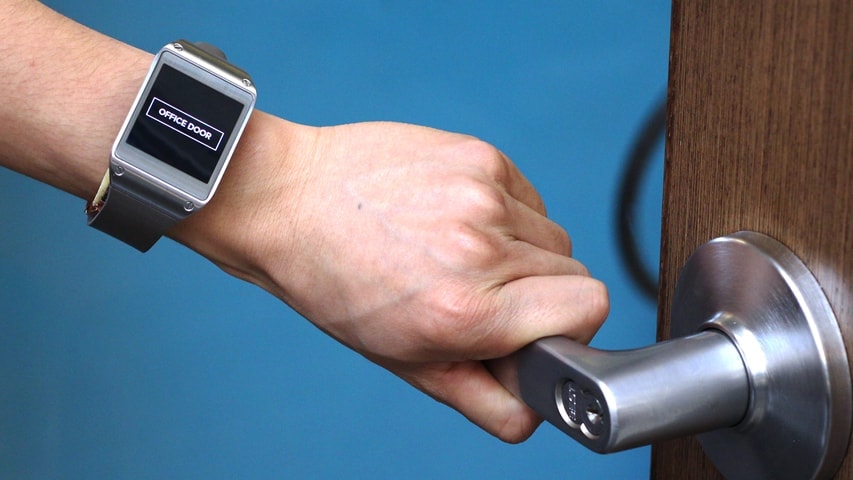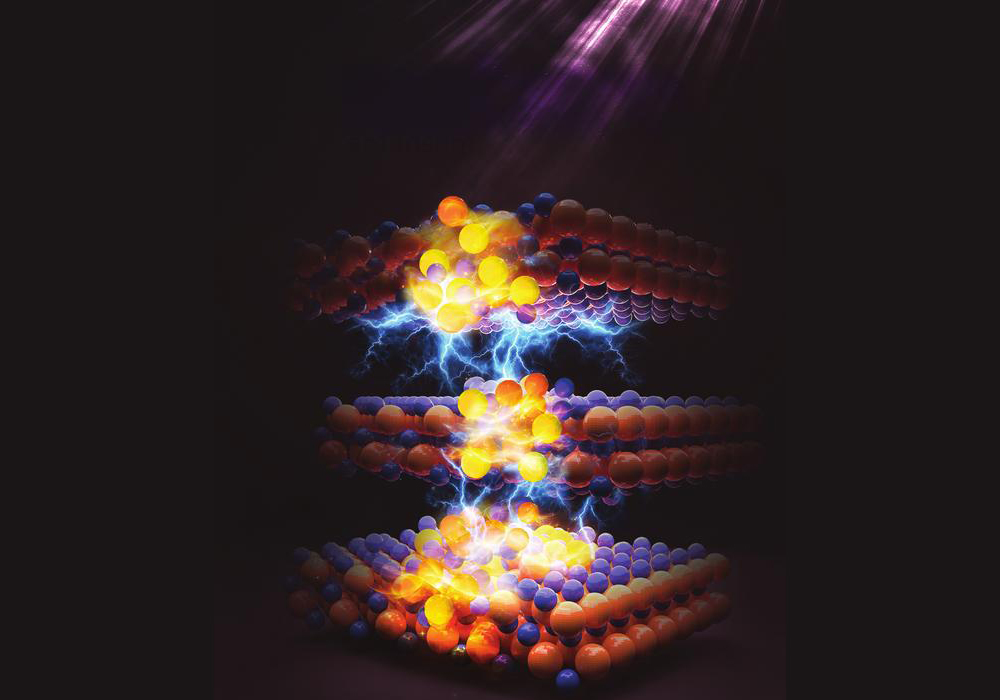
[Image above] Credit: Carnegie Mellon University News
Technology just keeps getting smarter.
Windows are getting smarter… Researchers from the Department of Energy’s Los Alamos (N.M.) National Laboratory are developing a new sunlight harvesting technology that can turn a nearly transparent window into an electrical generator using what they are calling “quantum dot solar windows.”
Cars are getting smarter… After much speculation this summer about whether or not Apple was driving forward plans to join the energy-efficient race and develop an electric car, The Wall Street Journal reports that the tech giant has designated the project internally as a “committed project” with a target date to get the cars road-ready for 2019.
Devices are getting smarter… Smartphone users may be able to “cut the cord” when it comes to the necessary chore and inconvenience of recharging their device’s battery thanks to new technology developed by engineering researchers at Ohio State University that makes cell phone batteries last up to 30 percent longer on a single charge.
But what if one of the keys to smarter technology literally lies within us?
Carnegie Mellon University and Disney Research are working on it. They are developing smartwatch technology that “takes advantage of the [human] body’s natural electrical conductivity to detect whether a person is touching an electrical or electromechanical device and, based on the distinctive electromagnetic noise emitted by such devices, automatically identify the object,” according to a CMU news release.
The technique, called EM-Sense, could enable smartwatches to “automatically recognize what objects users are touching, for instance, whether the wearer is using a laptop, operating a saw, or riding a motorcycle, creating new opportunities for context-aware apps,” the release explains. “The human body serves as an antenna for EM-Sense. From any body part an object touches, its distinctive electromagnetic emissions propagate through the body to an electrode worn at the wrist.”
A video produced by Disney Research demonstrates the EM-Sense technology first hand.
“Many everyday electromechanical objects emit small amounts of electromagnetic noise during regular operation. Typically, these electromagnetic signals, or EM, are low power, and outside the regulated frequency spectrum. They are also distinctive and used to classify objects. When a user makes physical contact with such an object, the EM signal propagates through the user,” the video explains.
This allows the EM-Sense smartwatch technology to classify EM signals in real time, which enables quick detection of the object and launches the appropriate contextual application for the task at hand.

Credit: DisneyResearchHub, YouTube
For example, the video follows a user through various everyday tasks wearing the EM-Sense technology. When the user touches the door handle to his office at work, the smartwatch recognizes the object (office door handle) and launches an application on its screen that alerts the user to any work-related messages and upcoming meetings for the day.
It’s like the ultimate personal assistant.
“By extending the Internet to physical objects — what’s being called the Internet of Things (IoT) — we are creating new ways for people to interact with the world around them,” Jessica Hodgins, vice president of Disney Research, says in the release. “EM-Sense can make the IoT experience even richer by enabling people to get information or additional functionality simply by touching everyday objects.”
The researchers discussed EM-Sense at UIST 2015, the ACM Symposium on User Interface Software and Technology, Nov. 8-11, in Charlotte, N.C.
Author
Stephanie Liverani
CTT Categories
- Electronics

